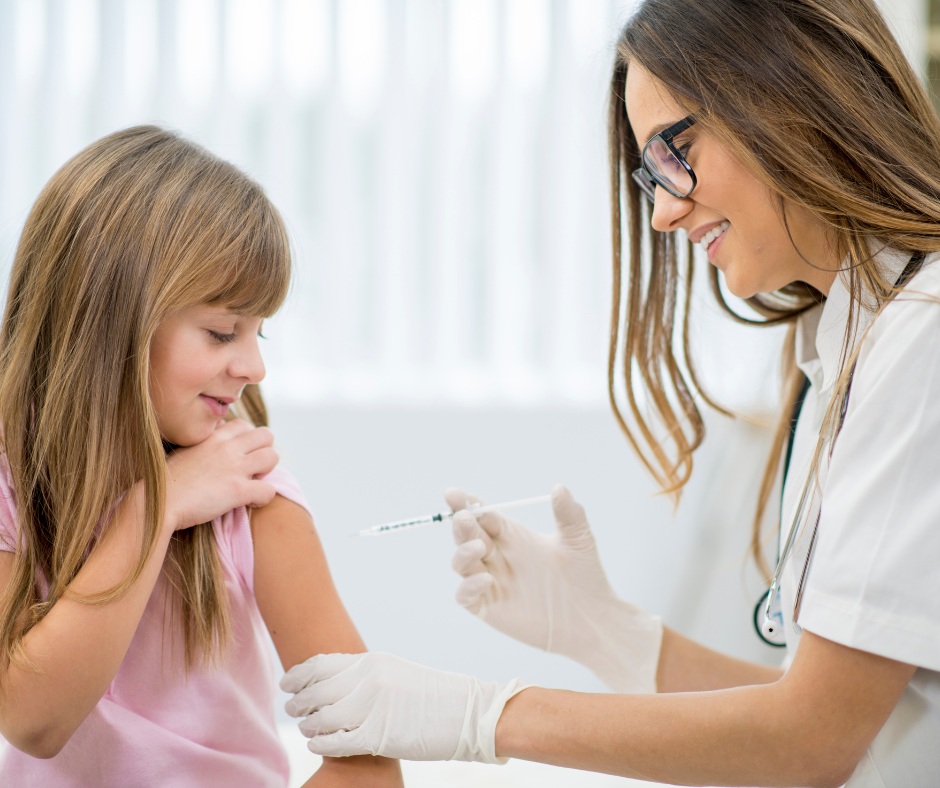 The Department of Public Health said Tuesday it will adopt new fall vaccine guidance that recommends COVID-19 vaccines for all adults and most children. [Health News Illinois]
The Department of Public Health said Tuesday it will adopt new fall vaccine guidance that recommends COVID-19 vaccines for all adults and most children. [Health News Illinois]
The recommendations come from IDPH’s Immunization Advisory Committee Meeting, which voted Monday to recommend vaccinations for all Illinoisans 18 and older.
The agency also adopted the committee’s COVID-19 vaccine recommendations for those between 6 and 23 months old, and for children between 2 and 17 years old if they are in a higher-risk category or if parents want them to have the vaccine.
The guidance also covers RSV immunization and flu vaccinations.
IDPH Director Dr. Sameer Vohra also said Tuesday that he has issued a standing order to allow eligible providers in pharmacies and other clinical settings to administer vaccines recommended by the agency.
IDPH said it recommends that healthcare providers follow Centers for Disease Control and Prevention immunization schedules for children and adults issued as of last month, which it said are based on years of science, research, data and best practices.”
“All Illinoisans, including concerned parents and healthcare providers, deserve credible, transparent, science-based vaccine guidance,” Vohra said. “(Our) recommendations, made in consultation with our Immunization Advisory Committee, will ensure that residents can protect themselves and their family members this upcoming respiratory season.”
Monday’s meeting comes as the Centers for Disease Control and Prevention’s Advisory Committee on Immunization Practices voted last week on a more restrictive approach to coronavirus vaccines by recommending that everyone consult a clinician before getting a shot.
The CDC must still adopt the recommendation before it becomes official.
State-regulated insurers will be required to cover vaccines based on IDPH recommendations. That includes seasonal and routine child and adult vaccines.
Illinois health leaders said Tuesday they were grateful for the state’s efforts to lead on vaccine policy.
“These vaccine recommendations provide clear guidance to patients, physicians and payers,” said Dr. Richard Anderson, president of the Illinois State Medical Society. “As we enter the fall respiratory virus season, it’s important for children and adults to get timely immunizations to protect themselves, their loved ones, and the community from these easily transmissible diseases.”
AHIP, the national association for health insurance, recently said its member health plans will continue to cover all the vaccines that they covered as of Sept. 1, including updated COVID-19 vaccines, through the end of 2026.
###
